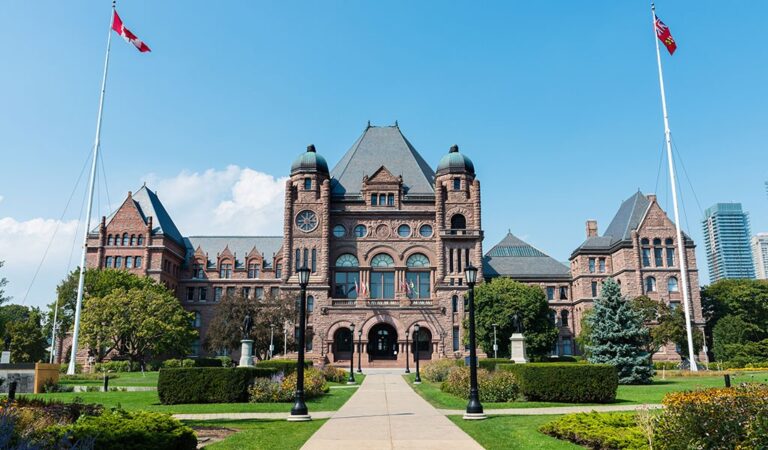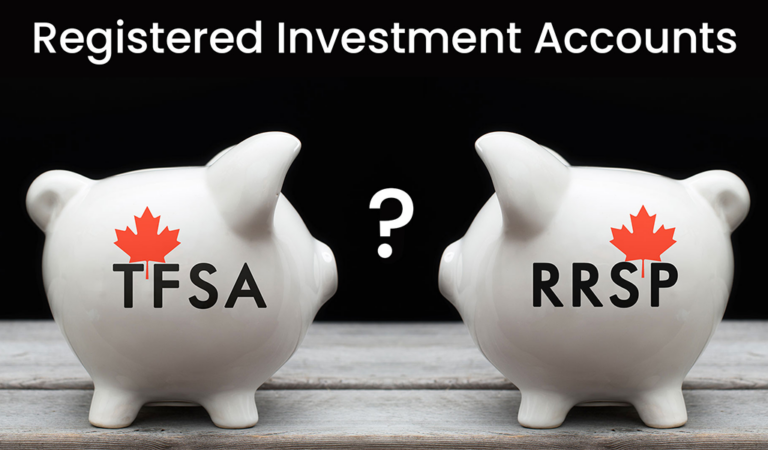Any discussion on interest rates must start with “inflation”. The definition of inflation is “too much money chasing too few goods”. Both sides of this equation have been in play over the last couple of years.
During the pandemic, governments around the world were propping up individuals and businesses with significant loans and grants, increasing the money side of the equation. On the other side, supply constraints on goods, the lack of services during the pandemic and the logistic restraints related to the supply chain reduced the goods side. This is the perfect storm for inflation, and we are all feeling it.
High inflation is rarely good for anyone. As a result, the Central Bankers around the world are doing everything they can to reel in rising prices. The side of the equation they can most directly affect is the money side – they must use their tools to reduce the money supply. The main weapon they can employ is the key lending rate. Any increase in this rate results in a corresponding increase in the interest rate individuals and businesses must pay on their debt. The higher interest amounts that we are paying immediately reduce the money we have available for other uses. In addition to this, higher interest rates result in less borrowing which also reduces the money we have available.
The big question is what effect will all of this tightening have on the economy? The obvious plan is to bring back into balance the money vs. goods equation and drastically reduce inflation. Can central bankers go too far with this and push the economy into a recession? The consensus suggests this will happen.
The Bank of Canada raised their rate again yesterday by 50 basis points. This increase is lower than what was expected. However, this will continue to limit further borrowing, shrinking the amount of money in the economy.
Yesterday’s Bank of Canada announcement also noted that higher than acceptable inflation is expected to be with us until 2024.
All of this taken together lead me to conclude that rates will continue to rise for the foreseeable future. Future rate increases will probably be slower than the recent rounds of hikes. After the next 12-18 months we should expect a rate that is in keeping with recent history ignoring 2020 and 2021.













